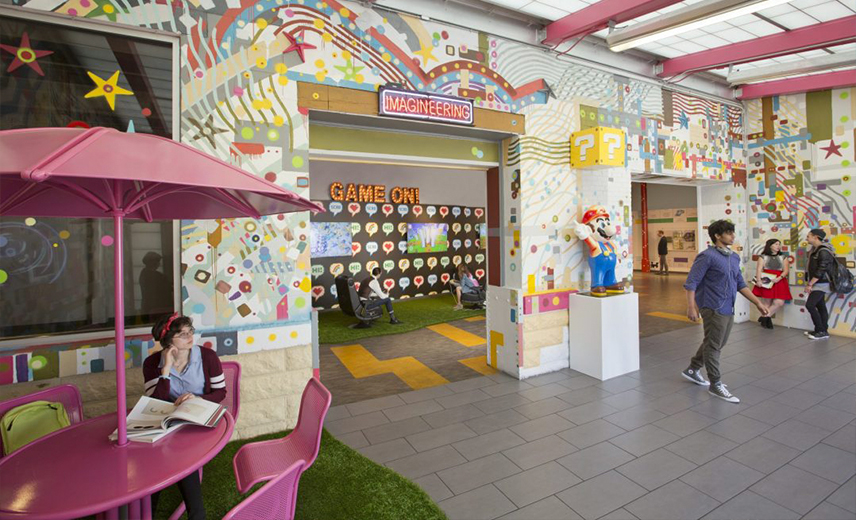FROM STEM TO STEAM:
Savannah College of Art and Design Professor Ricardo Navarro Offers a Q&A On Critical Creative Thinking for a Complex World

Picking a college major often comes with tough questions. Do you follow your heart even if friends and family say your decision won’t lead to a good job? Do you go with a more practical degree to please them or to improve your chances of long-term stability? Can the studies you’re thinking about help society manage the COVID-19 pandemic or promote diversity and inclusivity?
ProgressReport.co reached out to Ricardo Navarro, a Latino professor who helps students consider many of these kinds of challenges at Georgia’s Savanah College of Art and Design, an institution renowned for merging science, technology, engineering, and math (STEM) with art.
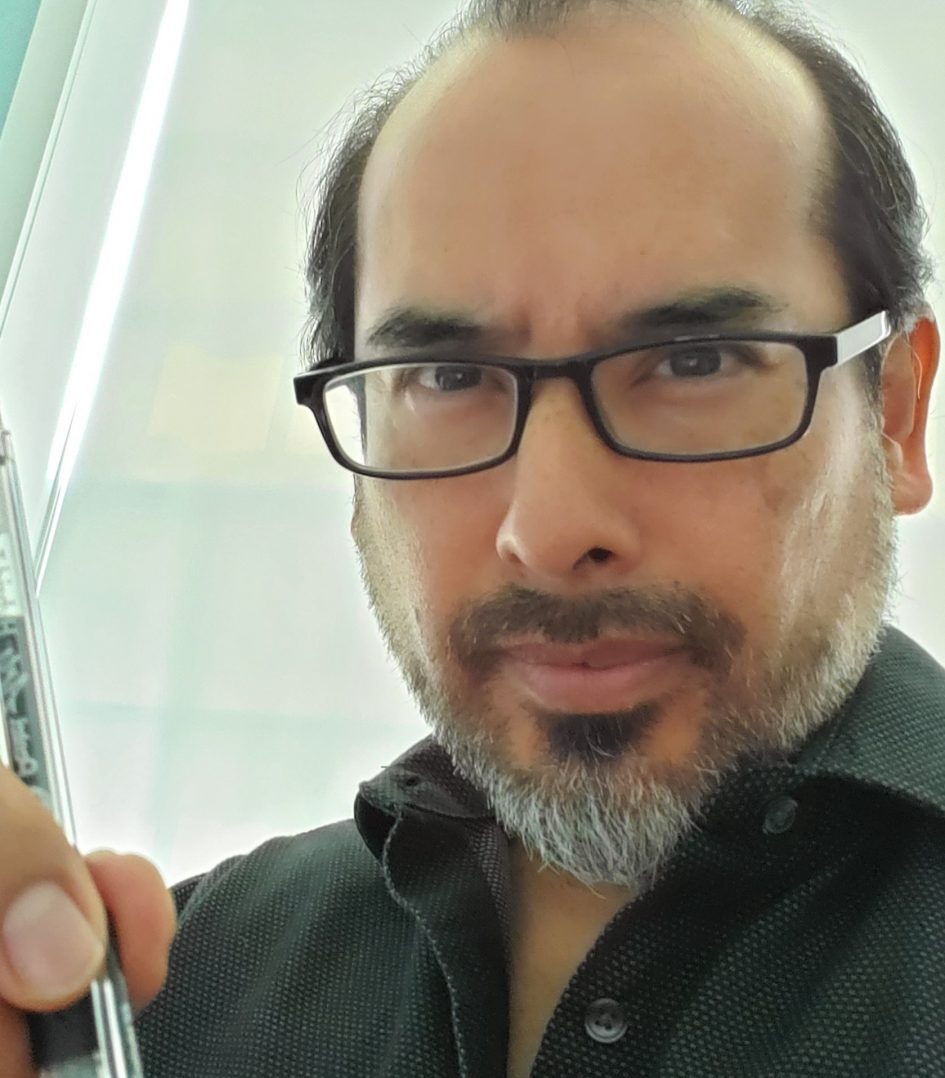
Q: Tell us about your background. Was there something in your childhood growing up in Miami or your family’s experiences in Peru that got you interested in architecture and interior design?
I was always an organized somewhat anal individual as a child. But no one in my immediate family in Miami was in the architecture or interior field as professionals. Then I went to Peru for the first time when I was 21. My grandfather took me around and showed me the houses he had built in Lima, Pucusana, and San Bartolome. They were crafted with local materials and using his ideas as the designer. It was then that he told me he always admired architecture and design, but I thought nothing of it. At that age, I was still interested in studying finance and accounting. One aspect of my childhood that does connect to design was the numerous drawings I would sit down and create. I drew constantly, when I was bored and wanted to have fun or when I was even in trouble and wanted to escape to another creative world. I don’t think it was a standout talent per se. I just drew lines and shapes, and spaceships…a lot of spaceships.
Q: A lot of people see “college of art and design” and think of aesthetics. But SCAD students integrate STEM studies into their majors?
Our university takes a cross-disciplinary approach with all of the disciplines we teach that directly relate to professional industries. One great example of this is the university’s innovation studio SCADPro. Personally, I have worked with students from architecture, interior design, graphic design, themed entertainment design, and industrial design on SCADPro assignments to develop creative proposals and prototypes for many industry clients.
We use analytical skills you expect to see in a STEM education and combine it with creative and strategic thinking to provide clients with dynamic final projects at the end of each 10-week assignment. Students go beyond just providing a creative result, they go through the process of research and analysis.
This is also seen at the graduate level. SCAD’s MFA Interior Design students focus on issues in the built environment and work alongside professors from other majors, as well as with committee members from scientific fields, such as psychology, sociology, and behavioral sciences. This allows for a design idea to be fully developed with factual knowledge, objective research, and industry expert insight.
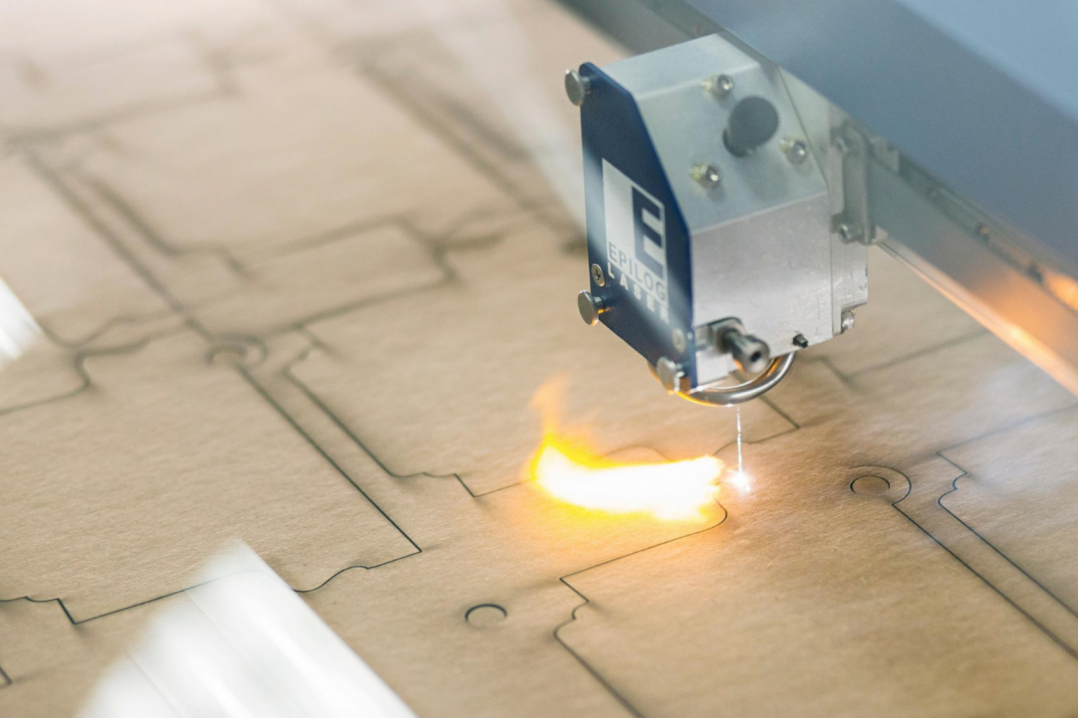
Q: Some proponents of STEM have pushed for integrating the arts, an approach known as STEAM. Why do you, as a professor at the SCAD, believe that terminology could be important in a world that increasingly values interdisciplinary work?
Good question. I think of myself as a hybrid. Before STEM and STEAM, my educational upbringing was all about facts and data. Math made and still makes perfect sense to me. It is a critical, linear way to find a solution. STEM was not necessarily about creativity; it was about being aware and open to data and knowing where to use it. I unfortunately rarely had the chance to use my creative side while I was in K-12. I always found that it was a separate world from math and science to art and music.
When I began my degree in architecture, I was 23, and for the first time in my life I realized that both worlds, STEM and STEAM, can be applied together and really drive solutions that look at multiple ideas, not just one singular answer. This realization completely opened a new world of study and passion for me. Before, I was studying accounting and thought that only one answer ever existed for a problem. As my education in architecture developed, I clearly saw the connection between design and structure. How both are needed to support each other. It was the best of both worlds for me.
These realizations are still very relevant for me now as a professor at SCAD. We teach our students to approach and solve a problem by thinking critically, developing a strategic and viable plan, and then delving into their creativity to develop the best solution.
Using this approach, you will be more marketable, a self-starter, and someone who can be relied on to solve problems and contribute effectively in a team, no matter the industry.

Q: UnidosUS is a Latino advocacy group, and its education blog, ProgressReport.co, focuses on equal access to public education through a Latino lens. We talk a lot about creating learning spaces—physical classrooms, playgrounds, etc.—that make students feel safe and included. Does SCAD have programs that explore these issues?
Many of the student projects in the bachelor’s and masters of fine arts programs for in the interior design explore these topics. We have had students focus on learning environments, and as faculty, we always encourage them to research the targeted users and their backgrounds.
SCAD’s student population represents more than 100 countries and all 50 states, providing exploration of numerous backgrounds and this emphasis on research allows for solutions that are diverse, dynamic, and knowledgeable.
In the immersive reality degree, you can learn to develop various platforms for human interaction. In working with faculty from the department, they have demonstrated to me how the immersive experience could be used for entertainment purposes such as video games, but also to help issues of anxiety. You can create things like music and surround sound. If you have anxiety about going outside, this can help you go beyond it by starting in the virtual world and applying it to a real-life scenario.
SCAD also provides a robust support network to our international students. SCAD offers ESL courses, peer mentoring programs, and student success advisers to help students from around the world and from different socioeconomic backgrounds here in the United States.
Q: How can design impact things like physical and mental health?
There is a lot on this topic to review. I would say to first look into the WELL building standards that focus on how building interiors can help support a healthy individual. These standards look at the physical, emotional, and mental health of individuals, and how we create spaces that actually help people be healthier. Maybe we put the break rooms farther from the office or the elevators at the back of the building so that you have to take more steps, that would be an example.
In design psychology, there is a theory called Attention Restoration Theory as well. This theory discusses the advantage of natural views and natural daylight and how this can help refocus individuals for productivity and healthy mind habits when working on tasks in indoor environments.
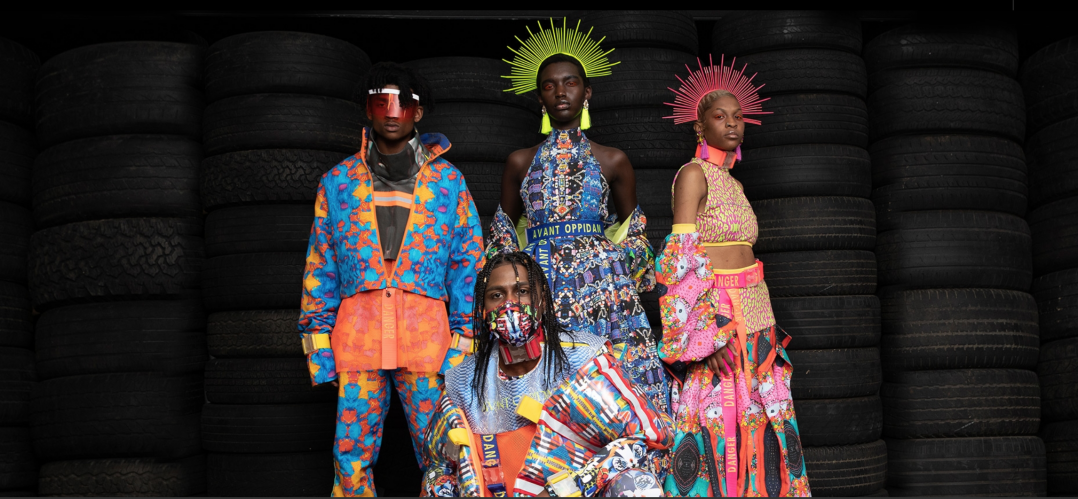
And with the COVID-19 pandemic or the nationwide protests for social and racial justice?
We’re trying to figure that out. This spring, the students were given a three-day design challenge in which they had to come up with some prototype for how we’re going to back to the office after the shutdown from the pandemic. And in cases, people won’t be going back to the actual office, they’ll be using an apps on their phone, like a hologram. In other cases, you need that concept of a home office. When you’re home 24 hours a day, you need something to change your mood. That happens through color, texture, plants, music, and sound, and that’s what we do as designers. We create space barriers.
And we talk about designing all kinds of spaces. Some students have the privilege of traveling a lot and having seen a big cathedral or monumental museum, and they’ll want to take inspiration from that. But there are also really great designers who haven’t been able to escape their own neighborhoods. My favorite was a student who said that his favorite architectural space was the one under the stairs outside the house. When I asked that person why that space? It wasn’t about the opulance, it was about the protection—protection from the rain, from people chasing him. He came from a big family of about four other siblings, so that was also the one place that he could call his own. To me, this shows someone who is in touch with the power of design, of shape and form, and that the details mean many different things to people.
Q: What about civic engagement? How can art and design contribute to greater dialogue, which is so important right now?
The arts are a fundamental foundation for civic engagement. Art and design allow for the ultimate self-expression. This expression can be created in numerous mediums whether it be poetry, painting, sculpture, architecture, fashion interior design, graphic design, and so on. The word “design” lends itself to view the world around you and find ways to improve it. I believe design education allows for free thinking to all. It allows for critical thinking to its highest degree, with abstract ideas based on facts and melding them to a potential opportunity for change. This is the root of civic engagement.
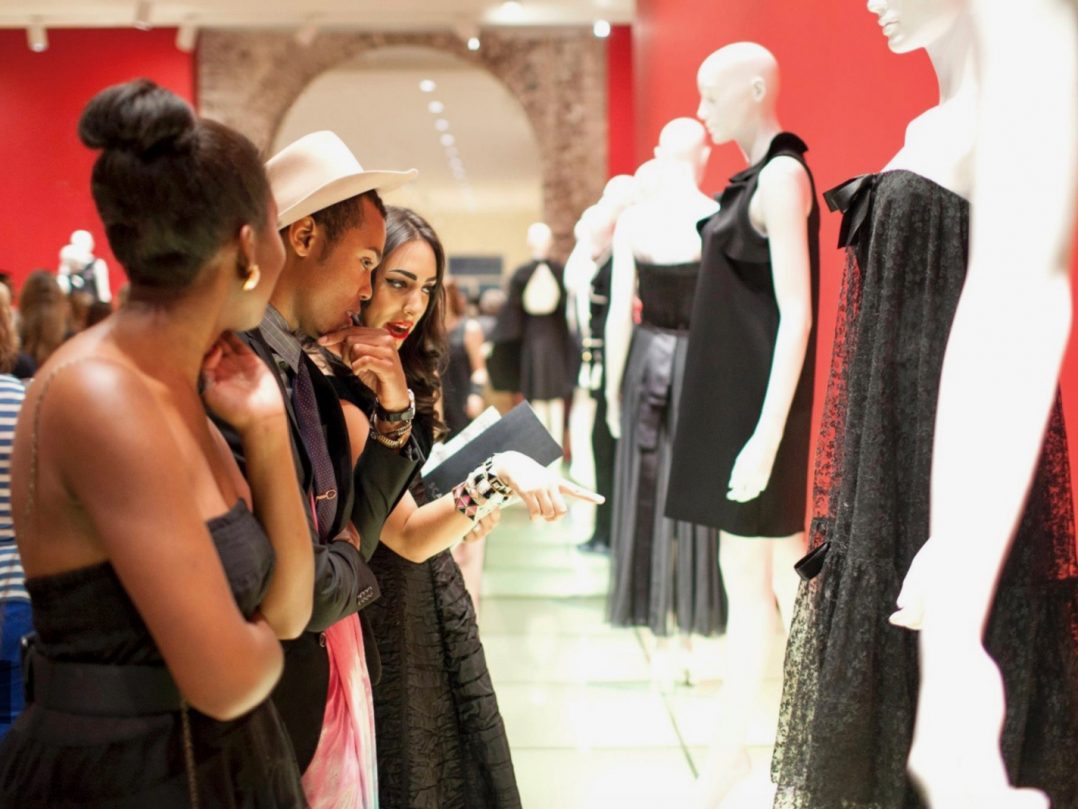
Q: UnidosUS also believes that one way to foster a more socially inclusive world is providing training and education to help people become leaders and innovators. Why do we need more Latinos in art and design?
We always need diversity, specifically in education. Cultures are beautifully different, the spices and flavor of the food we eat are different, the steps in our dances are different, the style of clothing we wear may be different, the architecture of our buildings may be different. In design we acknowledge and celebrate those differences because we understand that food is food for all, clothing is clothing for all, dancing is dancing for all, and a habitat is a habitat for all. The more we can have diversity, the more we can truly look upon ourselves as one global community that is coming together to solve issues for all.
Of course, I would say that Latinos have a word in their vernacular that is always associated with us—passion. Maybe the world can always use more passion about love, work, family, friends, and life.
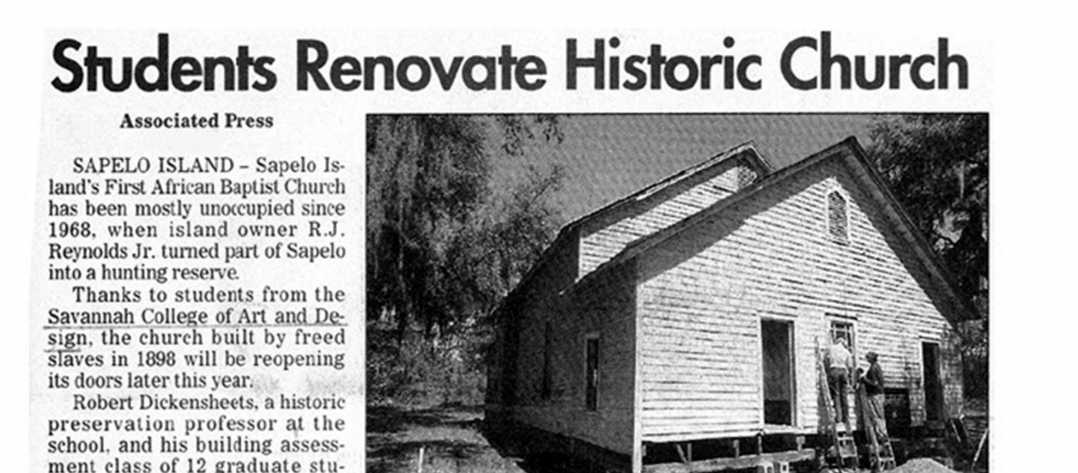
Q: Many families, especially ones where a prospective student is the first to go to college, push prestigious and lucrative careers such as law and medicine. Obviously SCAD faculty and staff know there are all kinds of amazing, vibrant, and well-paid careers in art and design. How do advisors and recruiters make students and families see those possibilities?
When we tell the stories of the successful alumni, recent graduates, and those who are more seasoned in their fields, that is the proof of the legitimacy of a career in art and design. At SCAD, we have paved the way for innovators, design thinkers, and entrepreneurs to redefine what success in a creative field looks like. The success stories are plentiful. In today’s world, architects, UX designers, industrial designers, and social media strategists, to name a few of SCAD’s more than 40 majors, are widely accepted as respected professions.
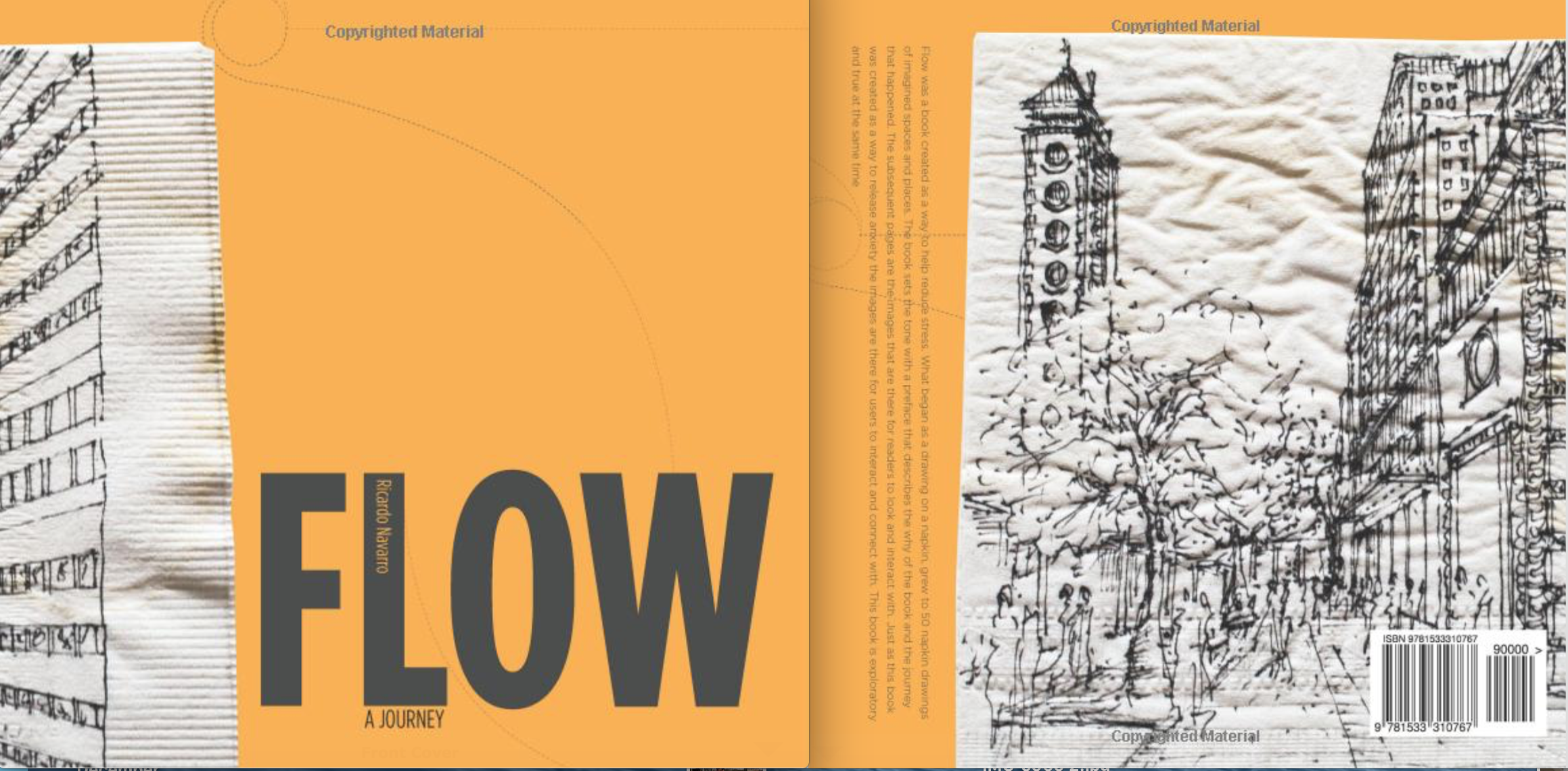
Q: You recently published a book of your art that started out as a series of napkin doodles. Tell us more about that and why you think it’s important for busy young people to devote time and resources to making art.
My napkin book is called Flow: a journey, and it was my way to find my center in life at a time where I was going through a lot of individual pain in my heart.
The beauty of art and design is that it has no limits. It can be done in the imagination and manifested in many ways. And resources of course help, but they will not stop the drive to be creative or create. What stops creativity and maybe impedes art, is a mindset that it is not valued. We have to see the value in it, otherwise it can be easily dismissed as something not practical. Art allows for expression in anyone and it develops a way to open your mind and heart to how the world works. If we have leaders that understand this value, it will be included in schools, included in budgets and developed in conjunction with other core courses and not seen as ancillary, like we see in many K-12 education curriculums.
Interested in STEAM studies? You can visit SCAD programs through their Guests and Gusto events.

